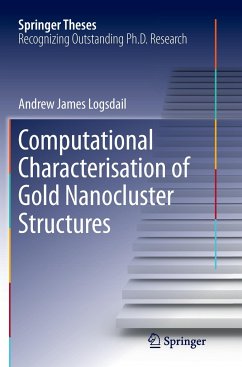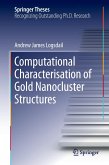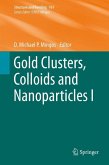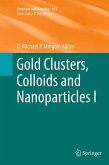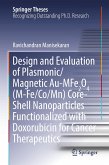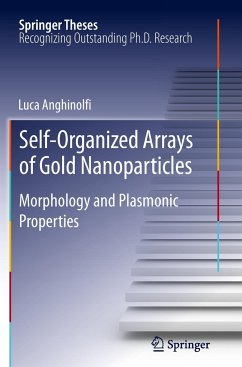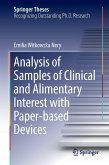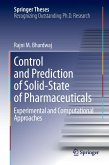In this thesis, Andrew Logsdail demonstrates that computational chemistry is a powerful tool in contemporary nanoscience, complementing experimental observations and helping guide future experiments. The aim of this particular PhD is to further our understanding of structural and compositional preferences in gold nanoparticles, as well as the compositional and chemical ordering preferences in bimetallic nanoalloys formed with other noble metals, such as palladium and platinum. Highlights include: calculations of the structural preferences and optical-response of gold nanoparticles and gold-containing nanoalloys; the design and implementation of novel numerical algorithms for the structural characterisation of gold nanoparticles from electron microscopy images; and electronic structure calculations investigating the interaction of gold nanoparticles with graphene and graphite substrates.The results presented here have significant implications for future research on the chemical and physical properties of gold-based nanoparticles and are of interest to many researchers working on experimental and theoretical aspects of nanoscience.

